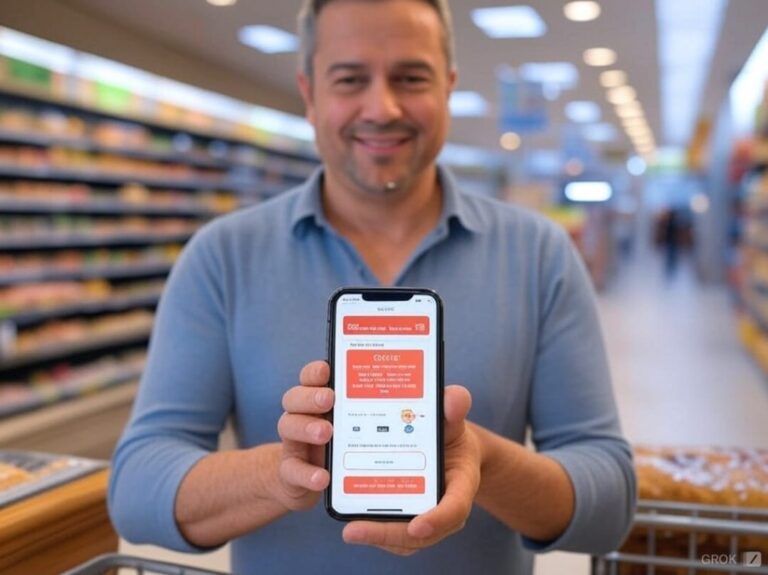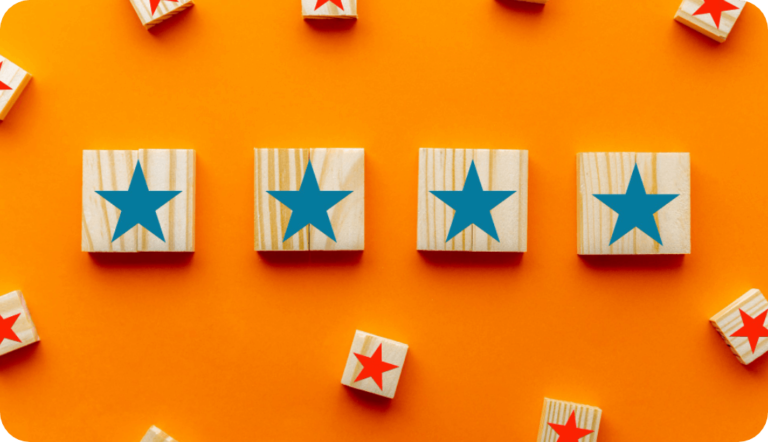To build a successful loyalty program strategy, incorporating deep customer insights is crucial. For instance, Starbucks leverages its rewards app to collect data on purchase behaviors, tailoring offers and rewards to individual preferences. Segmenting your customer base allows for more targeted engagement, similar to how Amazon Prime offers tiered benefits that appeal to a broad spectrum of users. A well-crafted value proposition that aligns with your brand’s image and values can significantly enhance customer loyalty, much like Patagonia’s commitment to sustainability has fostered a strong community of environmentally conscious consumers.
Integrating the loyalty program across all channels ensures a seamless customer experience, reminiscent of Sephora’s Beauty Insider program, which offers a consistent and engaging experience both in-store and online. Technology plays a pivotal role in personalizing these experiences; for example, Netflix uses sophisticated algorithms to recommend content, fostering a sense of personalized service. Collaborating with partners can extend the value of loyalty programs, as seen in airline alliances like Star Alliance, enhancing customer benefits across different carriers.
Continuously gathering customer feedback is vital for iterative improvements. Apple, known for its ecosystem, continuously innovates based on user input, enhancing customer satisfaction and loyalty. Financial modeling helps in balancing the costs of loyalty programs, ensuring they deliver value not just for customers but also for the business. Finally, compliance with data protection regulations is non-negotiable, as trust is the foundation of customer loyalty. Companies like Valus.io can provide the technological infrastructure to implement these strategies effectively, driving both engagement and long-term loyalty.






